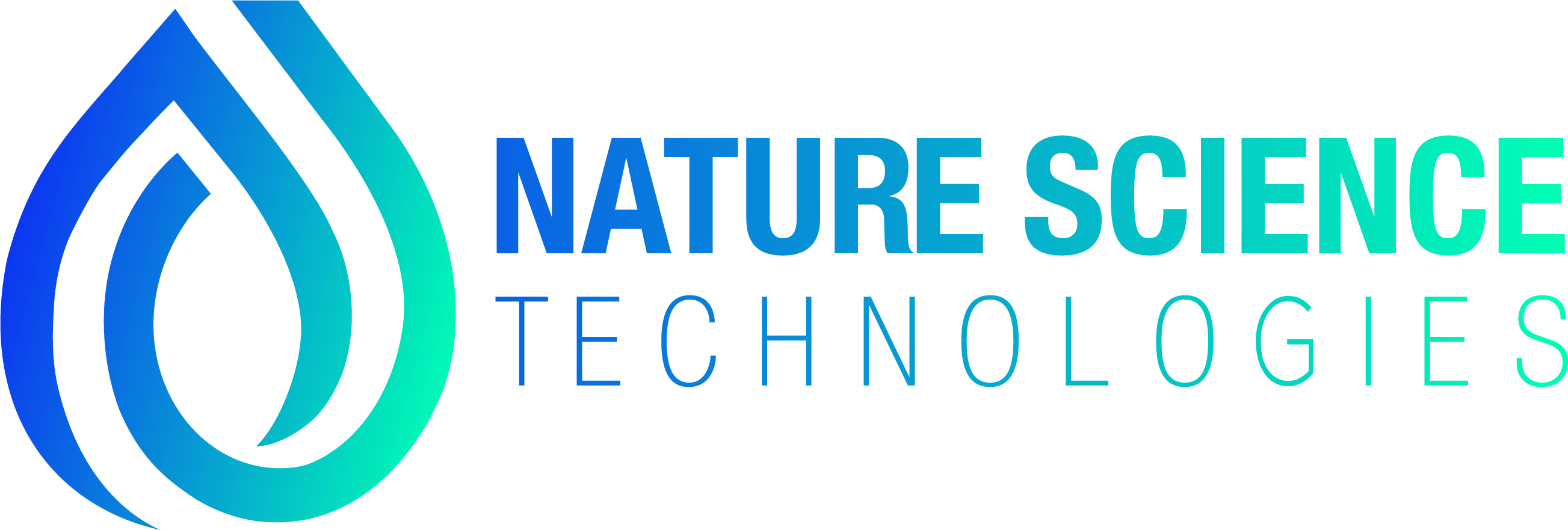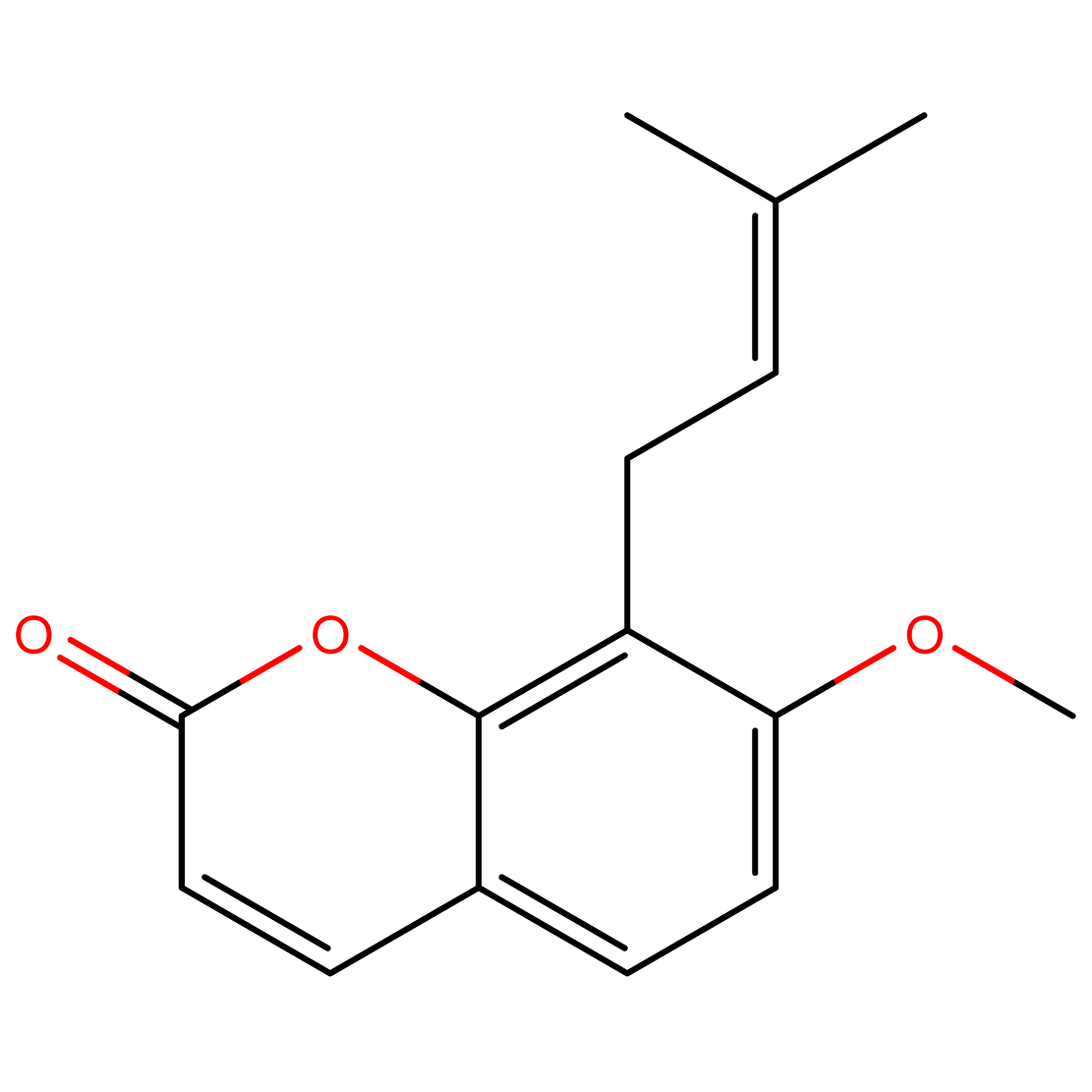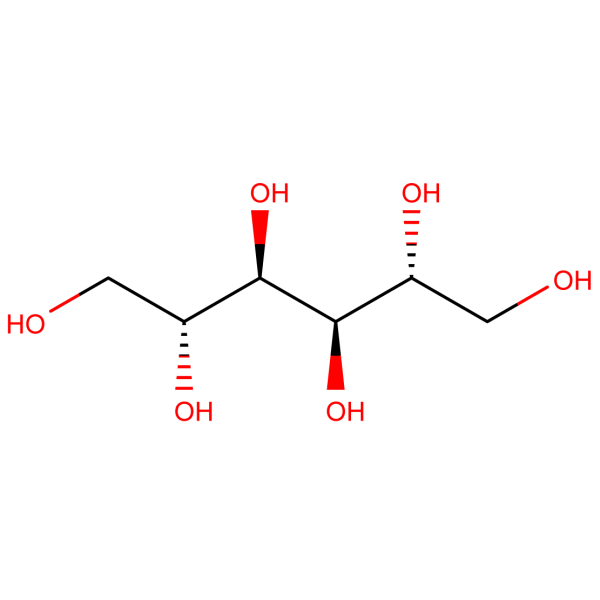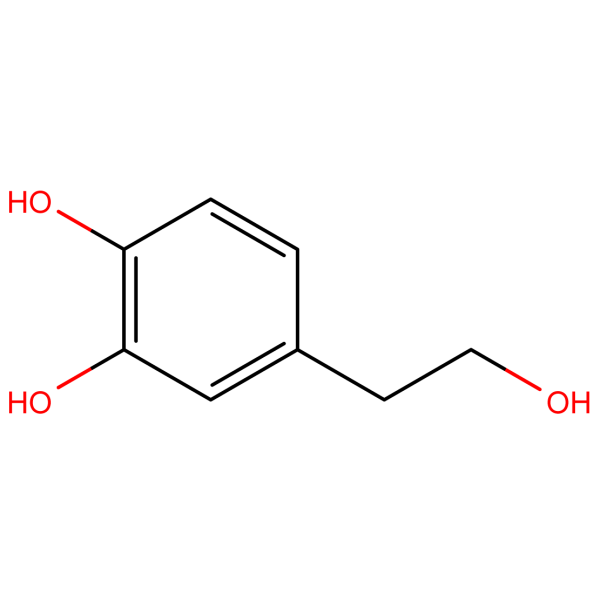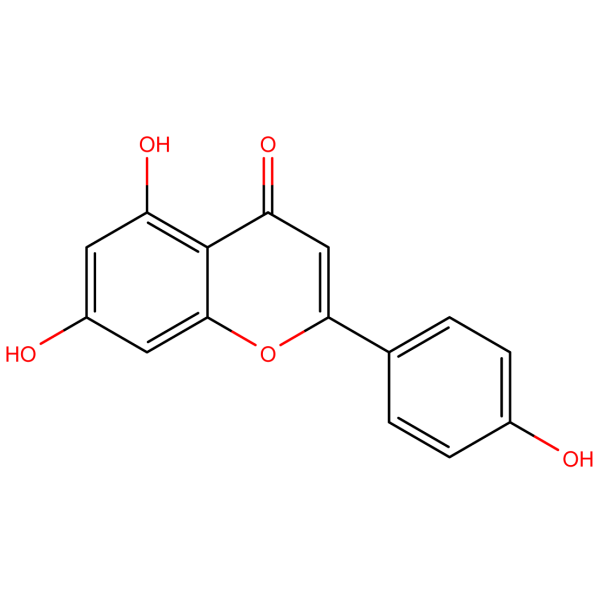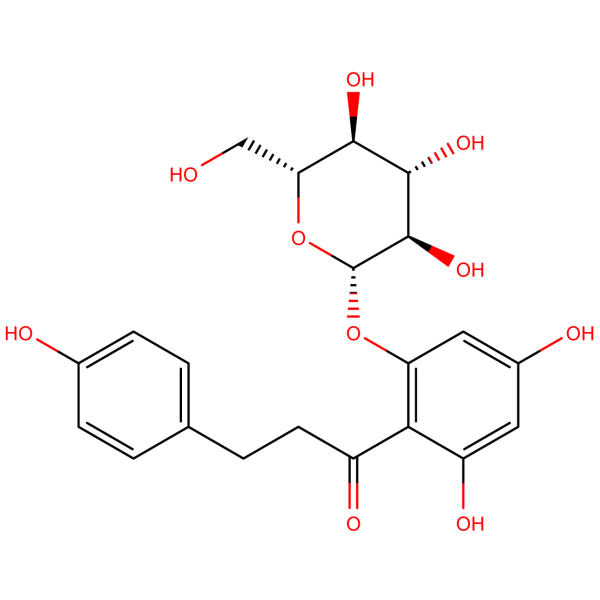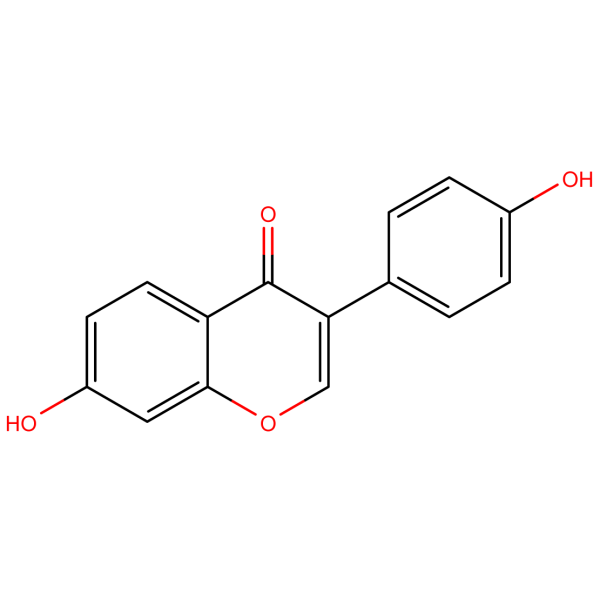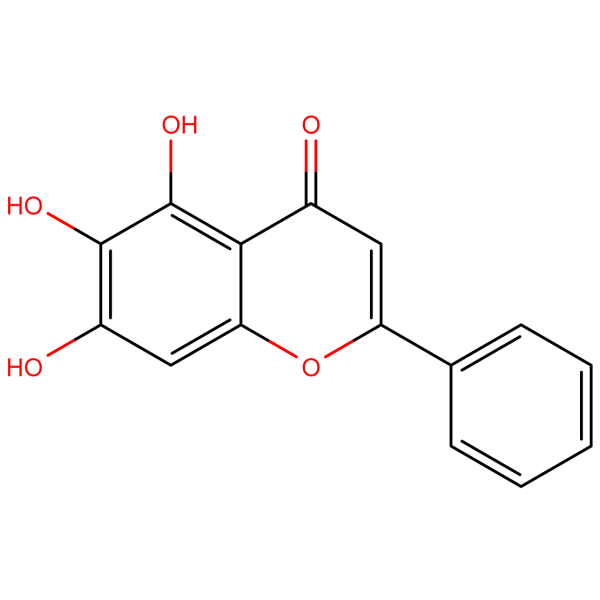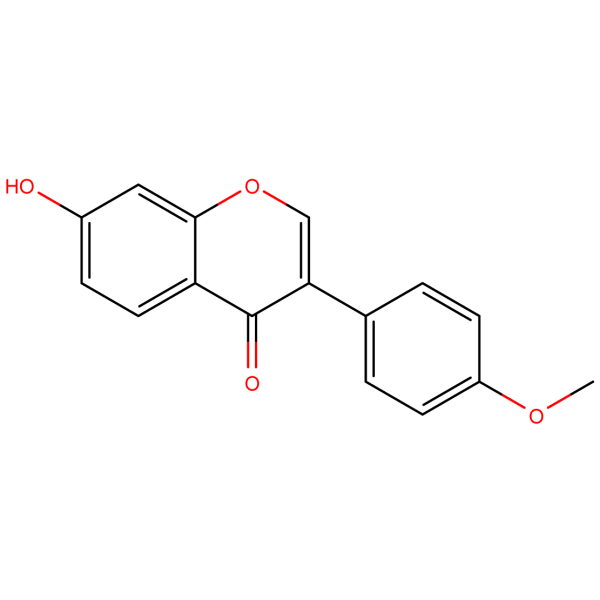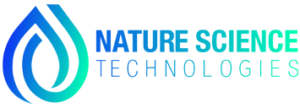Osthol : Potent Natural Coumarin for Advanced Biomedical Research
1. Molecular Identity
- Chemical Name: 7-Methoxy-8-(3-methyl-2-butenyl)-2H-1-benzopyran-2-one
- CAS Number: 484-12-8
- Source: Naturally occurring in Cnidium monnieri and other Umbelliferae plants
2. Biochemical Significance
Osthol is a natural coumarin derivative with diverse biological activities. Its unique molecular structure contributes to its potential anti-inflammatory, neuroprotective, and anticancer properties, making it a compound of significant interest in pharmaceutical research and traditional medicine studies.
3. Key Properties of Osthol
- Anti-inflammatory: Exhibits ability to modulate inflammatory responses
- Neuroprotective: Shows promise in protecting neuronal cells
- Anticancer: Demonstrates potential against various cancer cell lines
- Antioxidant: Indicates free radical scavenging capabilities
4. Potential Research Applications
- Neurodegenerative disorder studies
- Cancer research and drug development
- Cardiovascular disease investigations
- Metabolic disorder research
5. Current Research Focus
Ongoing studies are investigating Osthol’s effects on:
- Neuroprotection mechanisms in various brain disorders
- Cancer cell proliferation and apoptosis pathways
- Inflammatory signaling cascades in different tissues
- Glucose and lipid metabolism
6. Formulation Challenges and Innovations
Researchers are actively working on:
- Enhancing bioavailability through novel delivery systems
- Developing targeted formulations for specific applications
- Creating synergistic combinations with other bioactive compounds
7. Regulatory Considerations
Osthol (CAS 484-12-8) is primarily used in research settings and traditional medicine. Its development for specific therapeutic applications would require comprehensive safety and efficacy evaluations to meet regulatory standards.
8. Future Research Directions
The scientific community anticipates:
- Advanced clinical trials for neurodegenerative and metabolic disorders
- Exploration of Osthol’s potential in combination cancer therapies
- Investigation of its mechanisms of action at the molecular level
9. Collaborative Opportunities
We invite neurologists, oncologists, pharmacologists, and academic institutions to explore the research potential of Osthol. For inquiries, collaborations, or to discuss how this compound can benefit your research projects, please contact us at sales@nstchemicals.com.
Join us in advancing biomedical research with Osthol – a powerful natural coumarin at the forefront of innovative therapeutic strategies.
